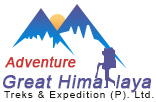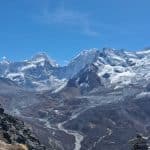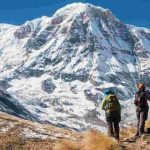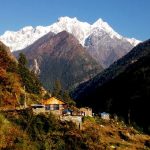Chitwan
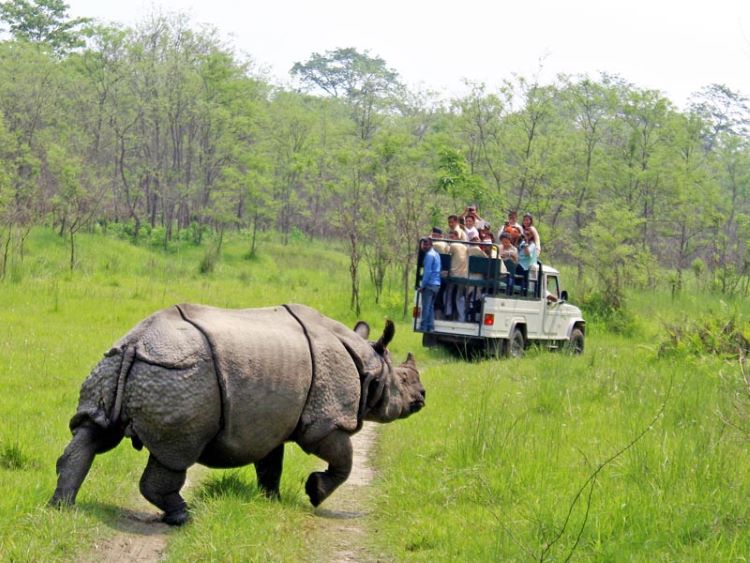
For a country known for its beautiful mountains, the Gangetic flat lands of the Terai that stretches through out the southern part of Nepal provide a wholly different experience. Chitwan is the best place to do so. The Royal Chitwan National Park, established in 1973, provides a great wildlife experience with its rich flora and fauna. The wildlife and the landscape are not as breathtaking as those found in Africa but still, the experience will stand out.
Chitwan is only 150m above the sea level. The place gets steamy from March-June, with peak temperatures reaching 43°C in the shade. Short grass makes Feb-May the best game-viewing season, but the autumn months are gorgeous, with Himalayan views, and in winter (December-January), Chitwan is pleasantly warmed compared to Kathmandu.
The Best Time to Visit Chitwan
From month of September to December and February to May are best month to visit Chitwan. During this month the weather is stable not cold and not so hot.
The monsoon season (July-August) is intense, with pounding rain, swollen rivers, and luxuriant vegetation. While the rain isn’t constant, the humidity is all pervasive. Though one can visit neighboring Tharu villages in Chitwan, the major interesting focus of Chitwan is still the exploration of the Chitwan National Park.
Things to do In Chitwan and Expect to See
The flora and fauna of Chitwan makes it a great place for nature lovers. Chitwan has over 50 different species of mammals, 400 different species of birds, and 65 different types of butterflies in its hardwood Sal forests, river vegetation, and “elephant grass” savannah. More than 70 different species of grass grow here.
The most famous wildlife in Chitwan is perhaps the single-horned Asian rhinoceros. A few decades ago, their number had fallen to less than 100, but recent count puts them at 400. These animals have thick armor like hide that is hard to penetrate even with a bullet.
A fully grown animal can be as tall as 180cm. In spite of army protection for these animals and severe punishment for harming them, rhino poaching is still a problem as every organ of the animal carries some (probably superstitious) value.
The horn fetches about US$10,000 per kilo and is believed to be an aphrodisiac. The dung can be a laxative, the urine cures tuberculosis and asthma. The blood can help cure menstrual problems. The hide keeps away evil spirits. And so on.
Chitwan has about 150 Bengal tigers left of the one time 3000 or so. Though poaching is a serious threat, the real threat for these majestic animals is the gradual loss of its habitat. A male tiger requires almost 60km space, and a female one requires a third of it. Chitwan is simply not big enough to handle many tigers. It is rare for one to actually see a tiger, though looking for one is an interesting part of the trip.
Canoeing along the Rapti river is another option. With some luck you will get to see Gharial crocodiles, marsh muggers, and variety of fish. With a lot of luck you may be able to see a Gangetic dolphin. The trip is a paradise for birdwatchers with possible spotting of kingfishers, ospreys, and egrets. Chitwan is known to have 400 species of birds. For less than US$3-US$5, you can canoe downriver for about an hour, and take a three hour guided walk back.
Jungle walks through the jungle is a good way to spot game. Monkeys, birds and deer are assured; rhinos are less common (but not uncommon). A guide is recommended, and you can hire one for $3 per day (or pro-rated for shorter time). They can help you stay safe as well as point out interesting things.
How to Reach Chitwan
You can go chitwan by air and also by Land, There are regular daily flights to Bharatpur, about 25km from the Park area, and to Meghauli . The flights take about half an hour. One can easily get rides from the airports to the Park area.
There are ruining daily Public buses go to Tadi from Kathmandu and Pokhara. The ride takes about seven hours from Kathmandu, six from Pokhara. From Tadi, you will either have to cover the six kilometer distance to Sauraha on an ox cart or in a rented jeep.
There are private vehicle also available from Kathmandu or pokahra, The private transport is more comfort and faster than busses , It cost about USD 110 for each way travel
Accommodation
The choices are of a wide range but, as usual, they fall in two general categories: luxury and budget. The luxury hotels in Chitwan are inside the Park itself. They cost about US$150-US$250 per person per night, and provide you quite an exquisite experience. Swimming pool, cocktail bars, safari ambience, organized game spotting trips, orientation by trained naturalists, and all.
The budget hotels in Chitwan are all located just outside the northern border of Chitwan National Park, in a village called Sauraha. Sauraha, in the past few years, is quickly turning into another Thamel or Lakeside. They range between US$3-US$15 per night; reservations are not necessary. Competition is so intense among the dozens of hotels that bargaining is very common.
If you take the public bus to Tadi, touts who serve as agents to one of these budget hotels will pounce on you, don’t give in. Check the hotel out yourself, and play one tout against another to get the best rate.
Our Top Offer
Why booking with us ?
- Fully Locally Owned Company
- Quality Of Service and Competitive price
- Highly Professional Staff
- Flexible and customization trip itinerary
- 100% Customer satisfaction
Need help?
Nepal: 00977-9841273869 whatsapp: 00977-984127386924 hour customer service
